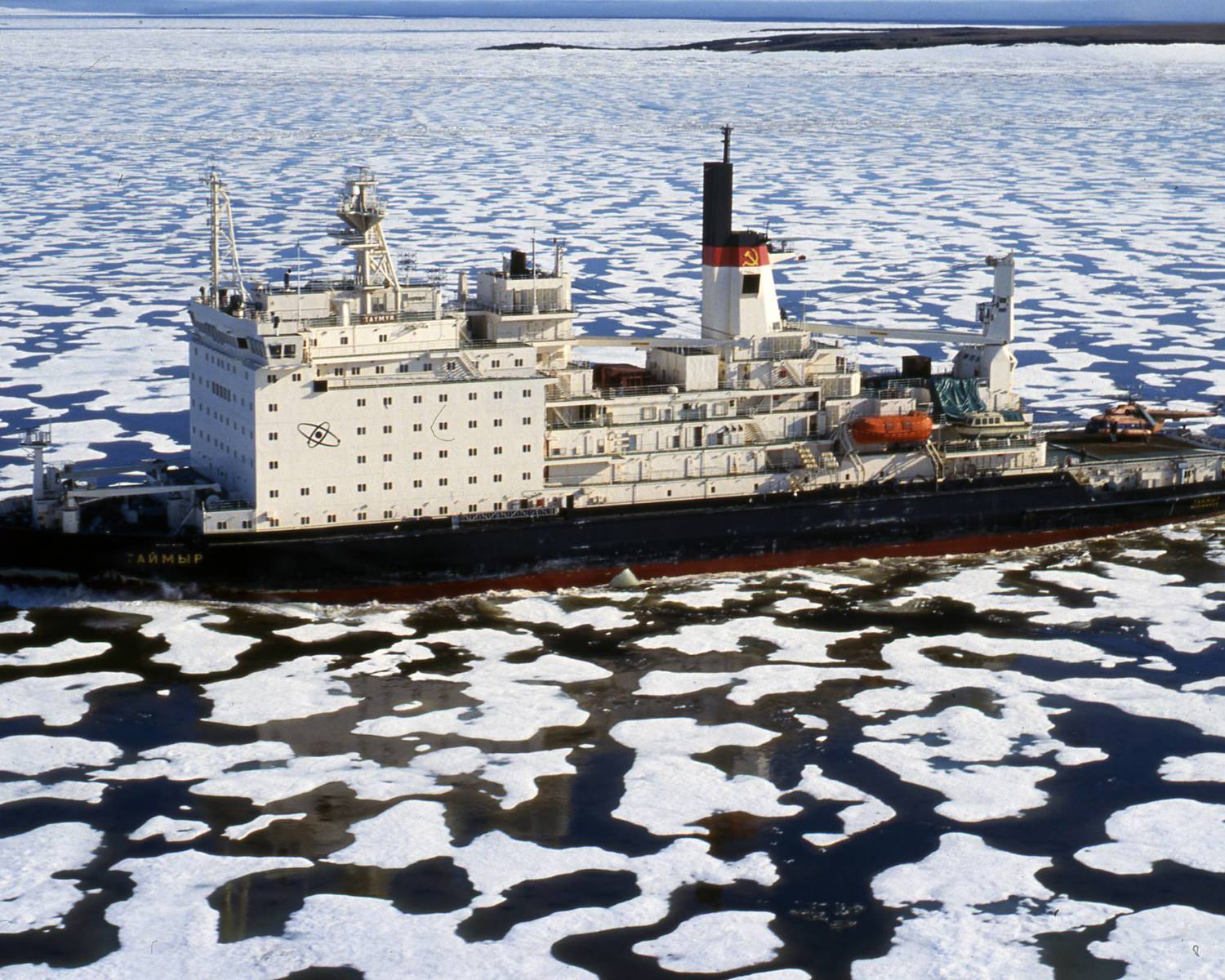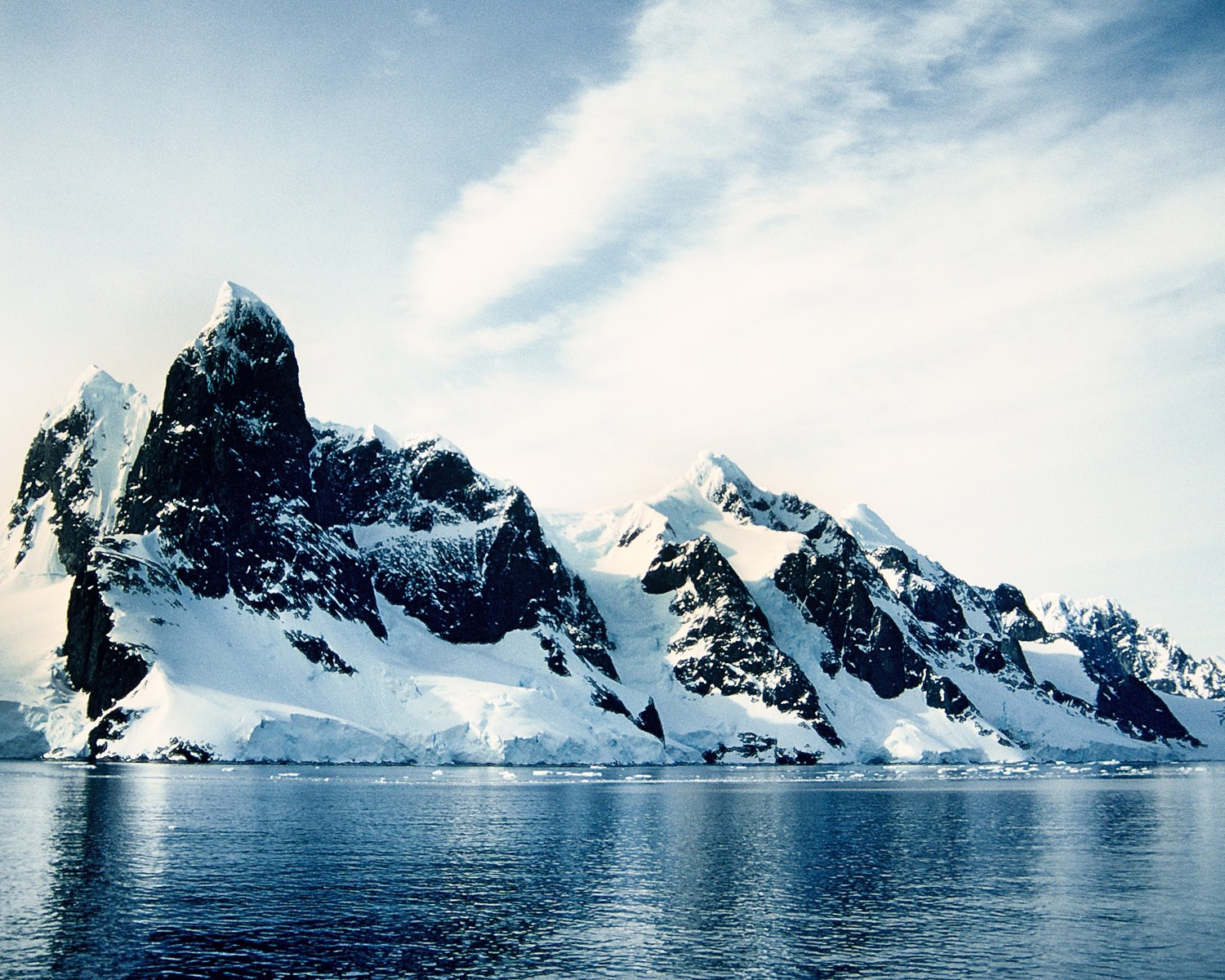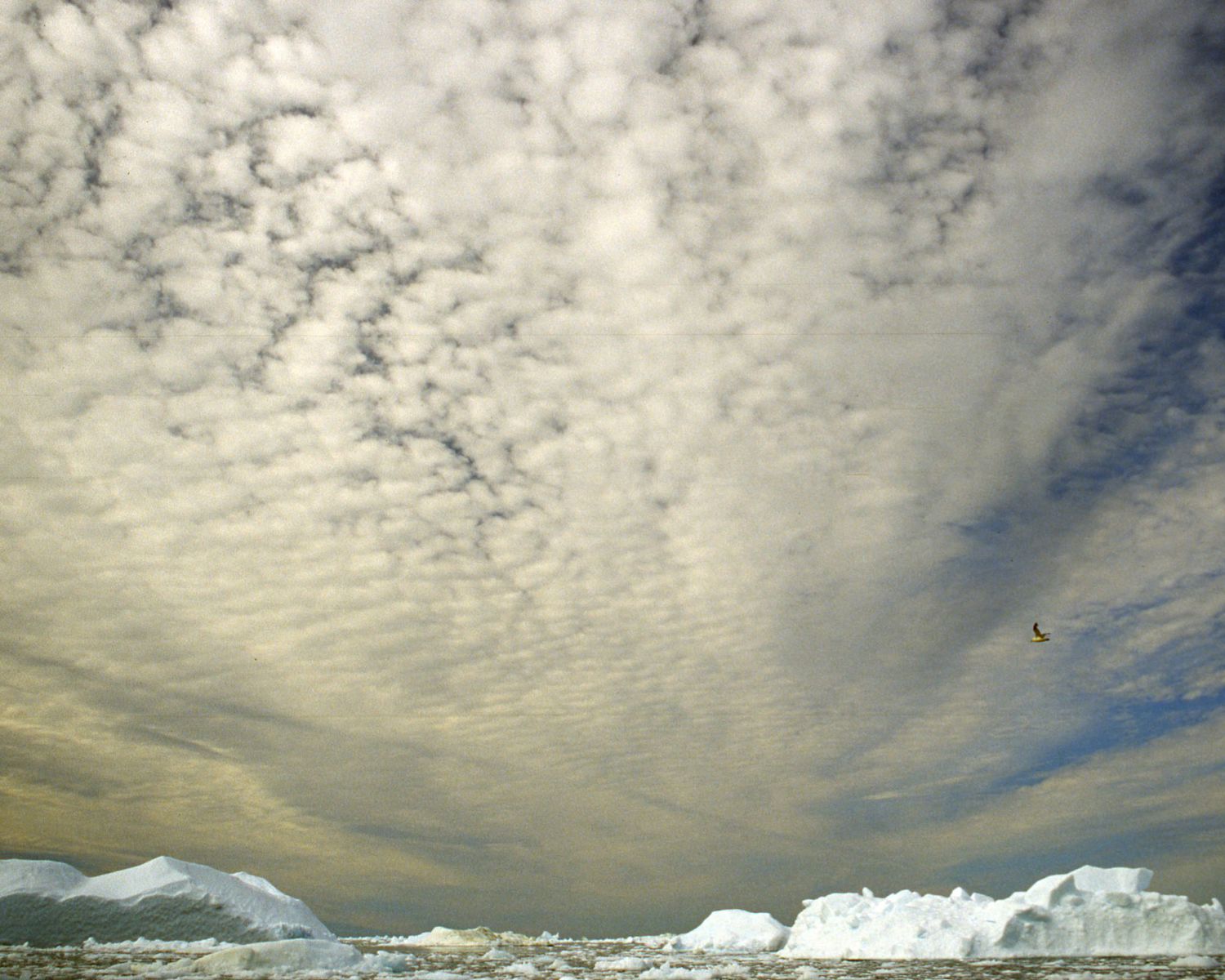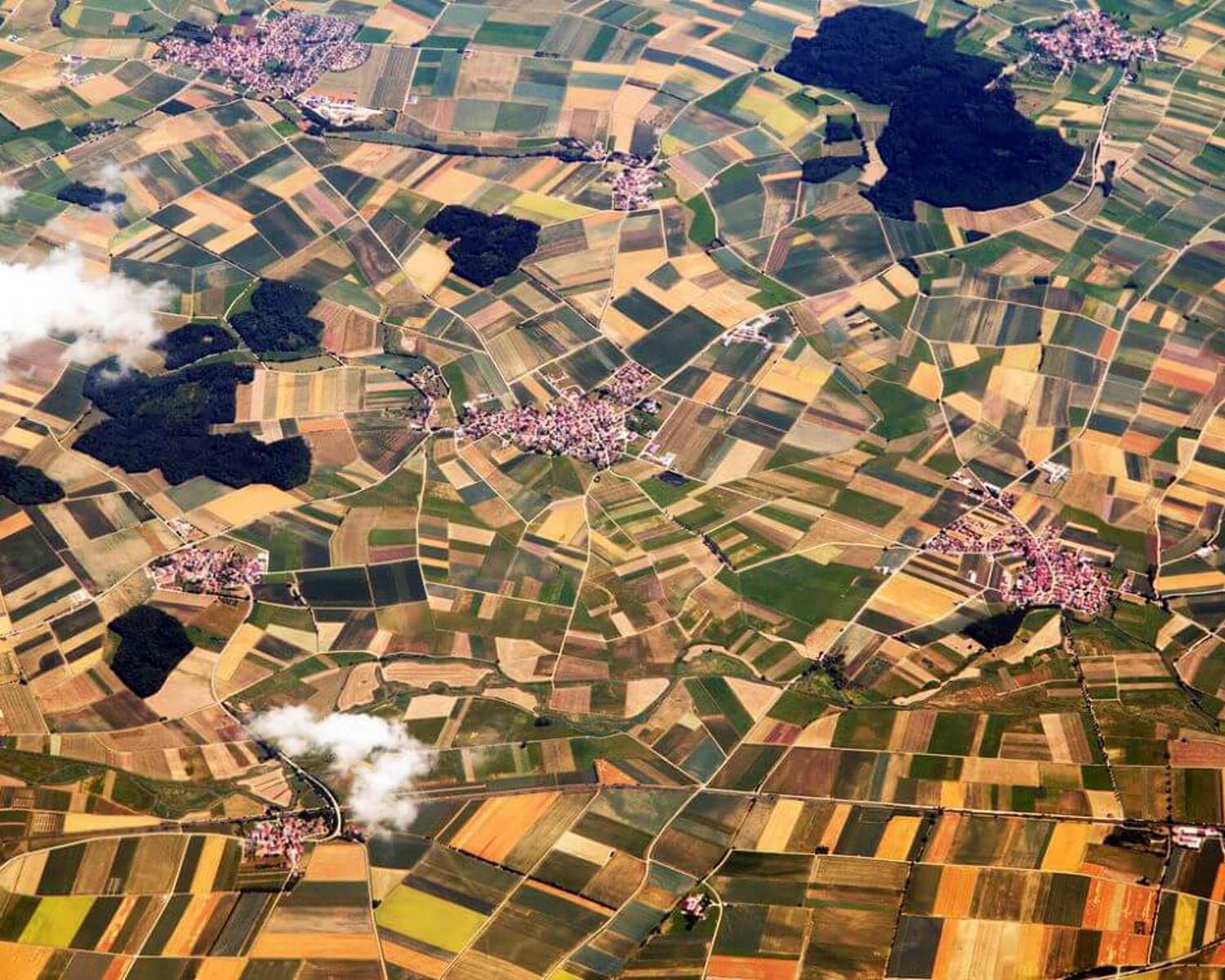Sea ice breakup in winter

Sea ice can be an effective insulator between colder winter air and the warmer ocean below, thereby reducing the potential dissipation of heat into space.
There have been occasional undeveloped references to the idea to break up sea ice in winter with ice breakers to increase the amount of outgoing radiation (see for example: McCracken 2009; and https://groups.google.com/g/geoengineering/c/XMR75eB77c8/m/aJrf6Zp3okcJ). Apart from such isolated references, Hunt et al. (2020) provide some back-of-the-envelope calculations on the potential radiative effects of sea ice breakup, and suggest several methods by which to do this. Many of the authors’ ideas about Arctic sea ice removal are reminiscent of earlier plans by Russian and Soviet scientists and engineers to melt the Arctic in order to “ameliorate” the northern climates. Hunt et al. (2020) even directly cite some of these earlier ideas to legitimize their plan. They ultimately consider the following options: (1) Pumping freshwater down to make it less likely for ice to form, (2) Reducing the melting of the Greenland ice sheet thereby limiting freshwater inflow, and (3) Deviating the rivers in the Northern Regions to reduce freshwater inflow into the Arctic.
Analysis overview

Technological Readiness Level (TRL)
Low 1
Apart from the highly questionable assumption that it would be beneficial to get rid of Arctic ice, and setting aside the question whether this would require enormous engineering projects in face of already rapidly declining ice levels, the plans suggested by Hunt et al. (2020) belong to the realm of speculative mega-engineering projects that are nowhere close to being operationalised.
Technological Readiness Level (TRL)
A technology with a TRL of 1-3: TRL 1 – Basic; TRL 2 – Concept formulated; TRL 3 – Experimental proof of concept

Scalability
Low 1
Scalability
Physically unable to scale; sub-linear/logarithmic efficiency of scalability

Timeliness for near-future effects
Low 1
Timeliness for near-future effects
Implemented too late to make a significant difference

Northern + Arctic potential
High 3
Northern + Arctic potential
Very detectable impacts in the Arctic, above the global average; technology ideally/preferably located here

Global potential
Unknown 0
Hunt et al. (2020) do not attempt to provide any definitive calculations on this. Removing sea ice in winter could increase outgoing radiation, but it is unsure how much this would be. The resulting lack of sea ice in spring would undoubtedly lower the earth’s albedo and thereby increase ocean energy absorption.

Cost - benefit
Prohibitive 1
Hunt et al. (2020) admit that the costs for such projects would be prohibitively high.
Cost - benefit
Cost of investment comparable to cost of avoided damage

Environmental risks
High risk 1
Environmental risks
Major, serious risks with a high disaster potential; multiple and cascading risks

Community impacts
Negative 1
Hunt et al. (2020) seemingly uncritically copy the ideas of Soviet scientists about the amelioration of the North and assume that a warming Arctic would be desirable. But the destruction of Arctic ice and further warming of the region would be disastrous for already severely endangered local livelihoods.
Community impacts
Serious detrimental effects

Ease of reversibility
Hard 1
Ease of reversibility
Impossible or very difficult to reverse

Risk of termination shock
Low risk 3
Risk of termination shock
Low or insignificant termination shock or damage

Legality/governance
Challenging 2
Given the huge objections against it, it is highly unlikely that the removal of Arctic sea ice and the technologies required to do so could become part of international legal and governance structures. The sea ice within the Exclusive Economic Zone of individual countries may however be modified under domestic laws, e.g., by the river freshwater outflows.
Legality/governance
Fits within existing structures to a certain degree, but some policy changes are needed to deploy at scale

Scientific/media attention
Low 1
Apart from Hunt et al. (2020), there have been several independent references to the breaking up of sea ice in winter. However, this remains a very niche idea that is not given much credible attention.
Scientific/media attention
Very low attention from individuals and/or abandoned ideas; low media attention; no commercial interest.
References
Armstrong McKay, D. I., Staal, A., Abrams, J. F., Winkelmann, R., Sakschewski, B., Loriani, S., ... & Lenton, T. M. (2022). Exceeding 1.5 C global warming could trigger multiple climate tipping points. Science, 377(6611), eabn7950. https://doi.org/10.1126/science.abn795
Hunt, J. D., Nascimento, A., Diuana, F. A., de Assis Brasil Weber, N., Castro, G. M., Chaves, A. C., ... & Schneider, P. S. (2020). Cooling down the world oceans and the earth by enhancing the North Atlantic Ocean current. SN Applied Sciences, 2(1), 1-15. https://doi.org/10.1007/s42452-019-1755-y.
MacCracken, M.C. (2009). On the possible use of geoengineering to moderate specific climate change impacts. Environmental Research Letters, 4(4): 045107. https://doi.org/10.1088/1748-9326/4/4/045107







